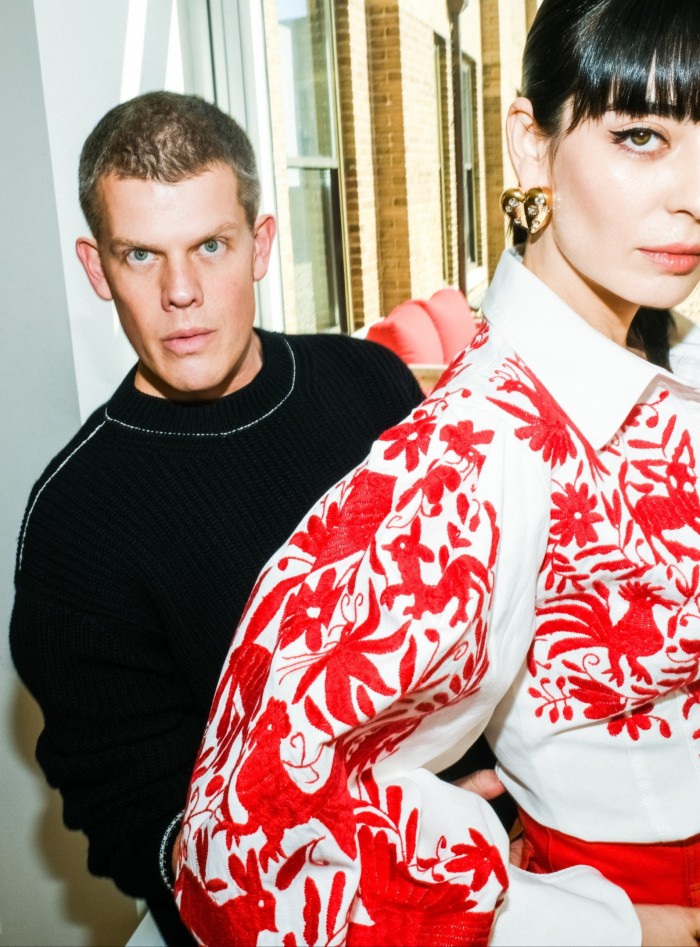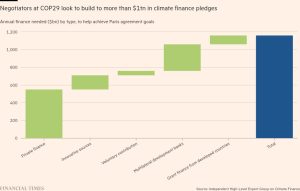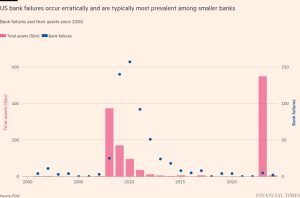Building on the legacy of Carolina Herrera

Four decades have passed since the Venezuela-born designer Carolina Herrera presented her first runway show, in 1981, in New York. Yet her influence remains pervasive, even if she is no longer actively involved with her namesake label, owned today by Spanish group Puig.
It’s particularly evident on the runway, where crisp white shirts, cinched waists, voluminous skirts and evening gowns (Herrera’s personal style signatures) continue to be reworked and incorporated into collections that are still shown in New York, twice a year. Today, they’re designed by Wes Gordon, who joined in 2017, initially as a design consultant, before formally succeeding Herrera as creative director in 2018 — a role that he has taken in great stride.
When Gordon and I meet in October, it’s in London, at the Berkeley hotel. The designer is wearing a muddy green sweater paired with classic jeans and sneakers, which stands out in contrast to his typically vibrant looks on the catwalk. During our conversation, he’s animated and perceptive: observing little details such as my handwriting and choice of phone wallpaper, it’s clear that his assiduous eye extends beyond the studio.
With the women’s ready-to-wear collections presented in September, this month typically offers a brief respite for designers, but Gordon is still going full steam ahead as he prepares for Carolina Herrera’s second destination resort show, taking place in Mexico City next Thursday.
To create a compelling story for the 500 or so guests who will be in attendance, he’s partnered with four artisans specialising in embroidery, ceramics and jewellery, to create a dozen unique pieces for the show — a decision aimed at emphasising Carolina Herrera’s roots, he says.
“We are a brand with extraordinary Latin heritage. Mrs Herrera is Venezuelan. South and Central America are incredible Herrera markets. Herrera is also a large fragrance brand in Mexico. In a lot of ways, there are many similarities between the things I talk about at Herrera — colour, energy, joy, optimism — and Mexico City.”

The ambition to grow the brand globally is a driver behind its recent decision to join the industry’s circuit of travelling fashion shows. Last June, when Herrera staged its first-ever resort show in Rio de Janeiro, it served as “an incredible communication vehicle” that “elevated the brand” by showcasing all its offerings — make-up, fragrance and fashion — together, says president Emilie Rubinfeld.
This time there’ll be a new twist: the clothes will be available to buy immediately or pre-order off the catwalk, via Carolina Herrera’s own stores and ecommerce channels, as well as select retail partners, including upscale Mexican department store El Palacio de Hierro, where the brand has a new pop-up running through to 2025.
Ana Trias Arraut, Puig’s chief brand officer, overseeing the Carolina Herrera, Dries Van Noten and Nina Ricci labels, hopes that the resort show will help to boost new product categories. “[Carolina Herrera] is very strong in fragrances and well known for evening dresses, but with the arrival of Wes, you see many new categories emerging,” she says, noting make-up and accessories among future opportunities for growth.
Puig, which made its debut on the Spanish stock exchange in May, does not break out sales by brand, but its finances as a group are promising: net sales for the three months ending September rose 11 per cent to €1.26bn, beating analysts’ expectations after luxury peers reported disappointing results due to subdued demand in China (where Puig is less exposed).
Arraut declined to comment on Carolina Herrera’s numbers but notes that the brand is “one of the most important” because “when you look at the whole universe, it has a more balanced portfolio across fashion and beauty.” She adds: “Wes’s arrival means that we’ve also been able to take the brand much more internationally, although we are still strong in the US.”


A native of Atlanta, Georgia, Gordon has loved designing for as long as he can remember, despite the fact that “the world was very different pre-social media,” he says. “Fashion is very democratic now; you can see it from any corner of the planet. Growing up, there was no real way to see the shows.”
After summers spent in the studios of Tom Ford and Oscar de la Renta, and a womenswear degree from London’s Central Saint Martins, from which he graduated during the Great Recession, a limited job market led him to launch his own brand. “Retail was in a dark place and brands weren’t hiring,” Gordon recalls, but he had always known two things: that he wanted to live in New York, and that he loved clothing. So he moved to the city, and with the help of some interns, he created a collection of 15 separates, which brought in his first stockists, such as Harrods.
By 2009, many US department stores were still recovering and were hesitant to place orders on a new name, but they recommended trunk shows (in which designs are bought and paid for by clients before production) to mitigate risk. “There were moments that I hated, like sitting there steaming clothes, but it taught me more about fashion than any school or internship. I got to meet thousands of women shopping for clothes and got to understand the industry from a very unique point of view,” says Gordon.
For almost eight years, Gordon continued to sell pieces from his brand, winning over top wholesalers as well as nominations for prizes such as the CFDA/Vogue Fashion Fund. In 2017, Rubinfeld, fresh from a promotion to president after five years at the company, invited him to meet the legendary designer herself.
Gordon recounts: “We spent only two minutes talking about the job and the rest of the hour chatting about our dogs, restaurants, TV shows, books that we liked. I think it was a great metaphor for the house and our relationship; the belief that true design is about more than a shirt or dress.”
On joining Herrera, Gordon decided to close his label. Some designers today juggle a big house alongside their own eponymous brand. Does he feel any regret over that decision? Without pause, Gordon says: “I always tell people: you have to think of owning a fashion line as dog years and every day is a struggle for survival.”

He expresses his gratitude to Herrera, who “hasn’t been back to the office since the fall 2018 show inside the courtyard of the Museum of Modern Art. She took a bow, we hugged, and the next day, I was creative director.”
Navigating succession is no easy task. And it’s a pertinent topic that several visionary founders, including Giorgio Armani (90), Ralph Lauren (85) and Rei Kawakubo (82), must soon address. Gordon is well aware: “The world has very few legacy houses, especially outside of Europe. We talk a lot about succession at Herrera, because it’s something that a lot of other houses struggle with.”
Get it wrong and the impact can be dire. But get it right, and the brand continues to thrive, its heritage reinterpreted and relevant again for a modern customer — as Gordon has done in his six years at Herrera, where his puff-sleeved and floral appliqué dresses reflect the founder’s spirit and flair for dressing society ladies, yet don’t feel stuffy or costume-y.
Gordon attributes the smooth transition to the year in which he and Herrera worked side-by-side. “She’s remarkably trusting,” he says. “We don’t talk about work, but we see each other a lot socially. The first time she sees a collection is when she’s sitting at the show.”
One might question whether the label’s ladies-who-lunch aesthetic is relevant in a world grappling with economic uncertainty and geopolitical conflicts. “I think the antidote to dark times is not more darkness or seriousness,” says Gordon, whose unyielding optimism is underlined with a sense of pragmatism. “These are clothes for today. A lot of the reason that I’m able to [design the way I do] is because of all those years I’ve spent with clients. I’ve spent hours in fitting rooms and understanding that line between real and fantasy.”
At Herrera, that’s giving customers a taste of glamour and elegance, which Gordon believes is synonymous with confidence and joy. “There have been four and a half decades of blood, sweat, tears, love, passion and investment put into building this company. This is a brand that has dressed heads of states and First Ladies, and has been part of the zeitgeist for almost half a century.”
With accolades like that, he muses, why hide? “We’re a brand that strives for living beautifully. There’s an energy that runs through, whether we’re making a white shirt, a ball gown or a wide-leg pant. If you’re looking for something to wear and not be noticed, we’re probably not be the brand for you. This is where you come when you want to be remembered.”
Sign up for Fashion Matters, your weekly newsletter with the latest stories in style. Follow @financialtimesfashion on Instagram and subscribe to our podcast Life & Art wherever you listen
#Building #legacy #Carolina #Herrera







